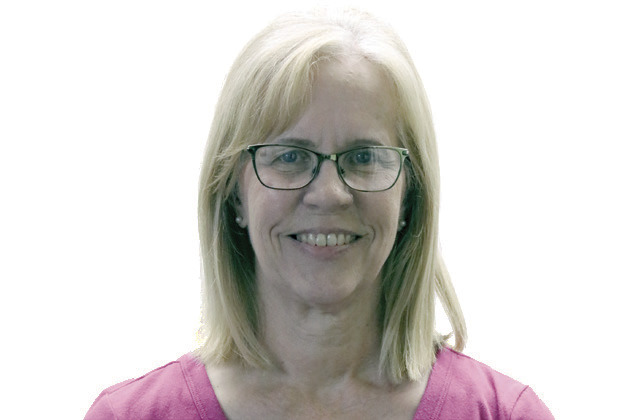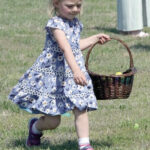Longer days and warmer temps stir excitement in all gardeners.
We start scouring seed catalogs for new releases, take trips to the local garden center, and revel in that unspoken competition to be the first gardener to start tomatoes (and the disappointment when you’re not).
The dreaming, planning, shopping and planting kick into high gear at the first signs of spring. But with all those choices, how do you pick the perfect plant for you and your space?
It all starts with a goal. Are you designing a landscape, planting an edible garden, pollinator garden, water garden, wildlife plot or maybe a sensory garden? Do you prefer formal, natural, cottage garden or some other style? Do you have a desired color palette? Do you want a low maintenance planting or are you ok with fussy, high maintenance plants?
With answers to these basic questions, you’re ready to set out to find your new plants. Using a home orchard as an example, let’s look at some considerations to help set you up for success.
We’ve all seen what happens to trees that are too large and too close to utility lines! One of the first considerations for any type of planting is the mature size of the plant. A standard apple tree can reach 30’ tall and wide. Do you have that much space? Do you want to climb a 30-foot tree to harvest apples? Trying to keep a 30-foot tree trimmed down to 10 feet will be a lot of work, at best. Maybe a smaller tree would be better for your space.
Is the plant suitable for your growing conditions? Fruit trees need full sun and sufficient moisture, but not wet ground, and each have preferences for soil pH and something called chill hours. Chill hours are the amount of time they spend between 32-45 degrees during the winter.
The Cassville area averages 1,200 chill hours. If you plant a tree that only requires 400 chill hours, as soon as we hit 400 chill hours and get a warm-up, that plant is ready to go. This will result in early blooms nipped by frost and a disappointing harvest.
If a tree requires 1,400 chill hours and we only receive 800, this plant will not bloom because it’s waiting for an additional 600 chill hours, also resulting in a disappointing season.
Most plants are susceptible to some type of pest or pestilence. Our summers are humid, subjecting your orchard to bacterial and fungal infections like scab, leaf curl, blight, etc. Looking for trees resistant to common local maladies will make your life a whole lot easier. Knowing the type of fruit you’re planting and its known vulnerabilities will allow you to look for suitable types and varieties.
Another important consideration is your growing zone. There’s a lot of excitement about the recent changes in growing zones, now being a zone 7a, and all the new plant varieties that weren’t suitable for zone 6b. Weather extremes do exist and pushing the limits will most likely lead to disappointment in the future, maybe 1 year, 5 or 10, but that extreme cold or heat will come through again.
I prefer plants that are suitable to both a couple zones colder and warmer than ours to provide some security through these swings.
Many times, these challenges can be addressed simply by selecting a different variety. We are familiar with the apple varieties in the store and we each have our favorites. Many of these will not grow well in our area or are fussy at best.
Don’t overlook lesser known varieties that taste great and would perform well for you with less maintenance. These selections would make your home orchard experience more enjoyable.
While there are many other considerations, these are some of the basics to get you started.
Do you still want to test your luck and buy that amazing plant that isn’t quite right for your growing space? Go ahead. We all do it! Look for a microclimate suitable to its preferred conditions. Microclimates are those little pockets that are warmer or colder, sunnier or shadier, wetter or drier, etc. than the norm around your place.
Finding an appropriate site with a suitable microclimate will definitely improve your odds of success. Just know, these plants will take extra maintenance and may be short lived.
Happy planting!
Debbie Kober is a member of the Barry County Master Gardeners. She may be reached at debbie. kober@gmail.com.






